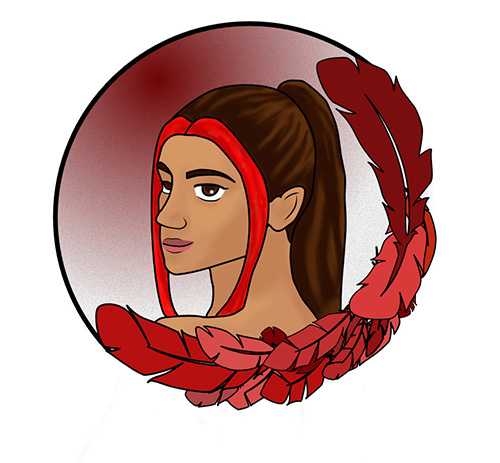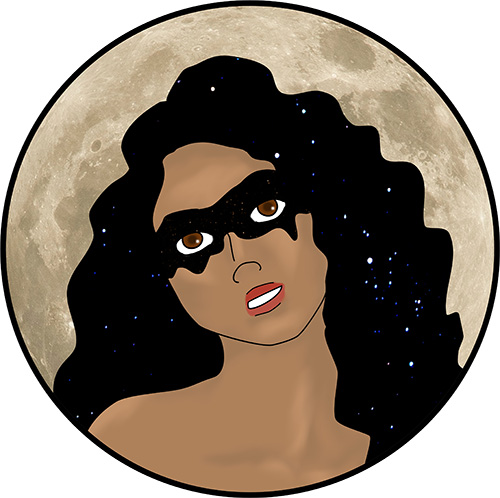… from a storytelling standpoint, at least.
This is a conversation I’ve been having a lot in my writing circles: What’s the difference between writing for an indie audience and a traditional publishing audience? Because there is a reason why I ask people about their intent when they are looking at publication and there is a difference in how you write the different narratives.
And a quick disclaimer here: I’m going to be speaking broadly. These are not absolutes, but what current trends veer towards, and there are exceptions.
Indie books are shorter
Indie books, in general, tend to just be shorter. The reads tend to be much quicker and get to the action much faster, making them more digestible and easy to consume. It helps to make the story more exciting and engaging, to keep people reading and wanting more. It’s also likely a result of indie authors churning out books faster and generally tending towards writing series over standalone books.
Traditional publishing veers longer in general. I’m not entirely sure why, but I feel like it has to do with a combination of creating a physical product that feels substantial enough to justify the price and making things that match previous successes. If several successful books in a genre are a certain length, then that becomes the length that traditional publishing expects all books to be. It also likely has something to do with the next difference.
Indie books tend to be written with a series in mind
When writing indie books, series are not only common, but encouraged. The first reason for this is to keep people invested in you, particularly in cases where they are coming into a series that is still ongoing. It helps to keep people invested, and to follow your updates and anticipating the next book.
The other reason is largely financial, given that many authors make most of their money on series sales. For those who have a first book for free of 99 cents, they are sometimes losing money on the first book and make it back when people check out the rest of the series.
The common refrain for traditional publishing, on the other hand, is to write a stand alone novel with series potential. This is largely because publishers prefer to invest in a sure thing. They’ll take the first book and then, if it does well, they will then take a second. If the second does well, then they get the third.
Indie books are targeted older
Indie books tend to target people who can purchase their own books. This is much more evident in the young adult indies, where there tends to be a lot more harsh language and sexual content. Because the actual target audience of young adult indie books are generally in their 20s, ((And older)) when they have their own credit card.
Traditionally published books, on the other hand, have a lot more access to actual teenagers and middle grade readers. Because of this, they are generally targeted towards actual young adults. You find the content is a lot more toned down and you can find a lot of asides in the text that seems to be there for the purpose of educating the younger audience of things that they might not be familiar with or aware of. ((Looking at you, Legendborn))
Among the many other things to consider, what kind of stories you tend to write is another one to consider when you’re deciding whether to go traditional or indie when you publish. A story can be massaged and adjusted to fit in one market or another, but these things are important to consider when you’re making your decision.









